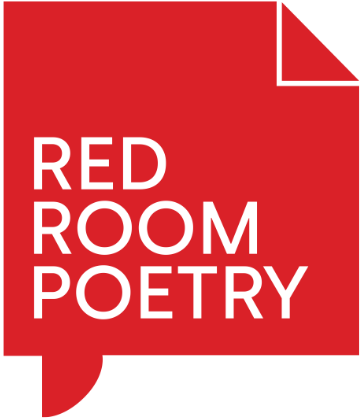The Cowra Writing Workshops
26th February 2016
.jpg)
On Friday afternoon I conducted two workshops at the Cowra Library, with the aim of encouraging local residents in their poetry and creative work. I wanted the workshops to be useful if attendees were present at one or other session, or if they managed to attend in both the morning and the afternoon, so I varied the content for each session. In both sessions I gave a lecture for approximately half the workshop time, and then got the participants writing. I felt that it was especially important, coming into a group with a diverse range of experiences of poetry, that I should be able to discuss the state of contemporary Australian and international verse, so with each lecture I aimed to include enough grounding information for novices, and also enough detail to engage those who were writing consistently.
The first lecture offered a very brief history of poetry, tracing its development in the western tradition, from Homer through to developments in 20th Century verse, and discussing how this fitted with non-Western traditions, such as the song cycles we find in indigenous poetics, as well as Amazonian shamanic traditions. The aim here was to emphasise poetry’s relationship with song, to give a foundation for, and explanation of, the diversity in contemporary poetry, and expand the notion of the poetic beyond the kinds of models we find in ‘bush poetry’ such as A.B.Patterson or Henry Lawson, which can become dominant. I wanted participants to focus on the intensity of everyday utterances, the music present in their own speech, and the richness of the Australian vernacular. Participants were encouraged to get writing with an exercise that linked colour and mood, and were guided to develop their poems on disappearance from this point.
The afternoon session saw all but one of the morning’s attendees return, as well as a further five or so local residents. In this lecture I focussed on poetry’s formal qualities, with a discussion of scansion and formal verse styles, as well as free and ‘wild’ verse. We looked at examples of poetry ranging from Banjo Patterson and Ezra Pound to the prose poems of Rosemarie Waldrop. Writers were then able to begin crafting their disappearing poems, either from scratch or as a continuation of their work from the morning.
All in all there was great diversity in the work being produced, from free verse to traditional metres. Local poets were excited about the opportunity to have their work mapped to the area by the Red Room’s geo-tagging process. All in all it was a good day, which not only generated some new poems, but, I hope, pushed residents to consider new ways of recording their local environment, and inspired them to do so more in the future.
---
These workshops have been made possible by the Charles Sturt University's Rural and Regional Arts Culture Program.
Berndt Sellheim is a poet engaged with Red Room Poetic Learning.
Berndt Sellheim is a poet, novelist and academic. He has taught creative writing and poetics at UTS, and lectured in philosophy at Macquarie University, where he completed a doctorate in phenomenology in 2008. His academic research includes a year at the Husserl Archive and Paris4 Sorbonne. For six years Berndt curated The Loft Readings... read more »
